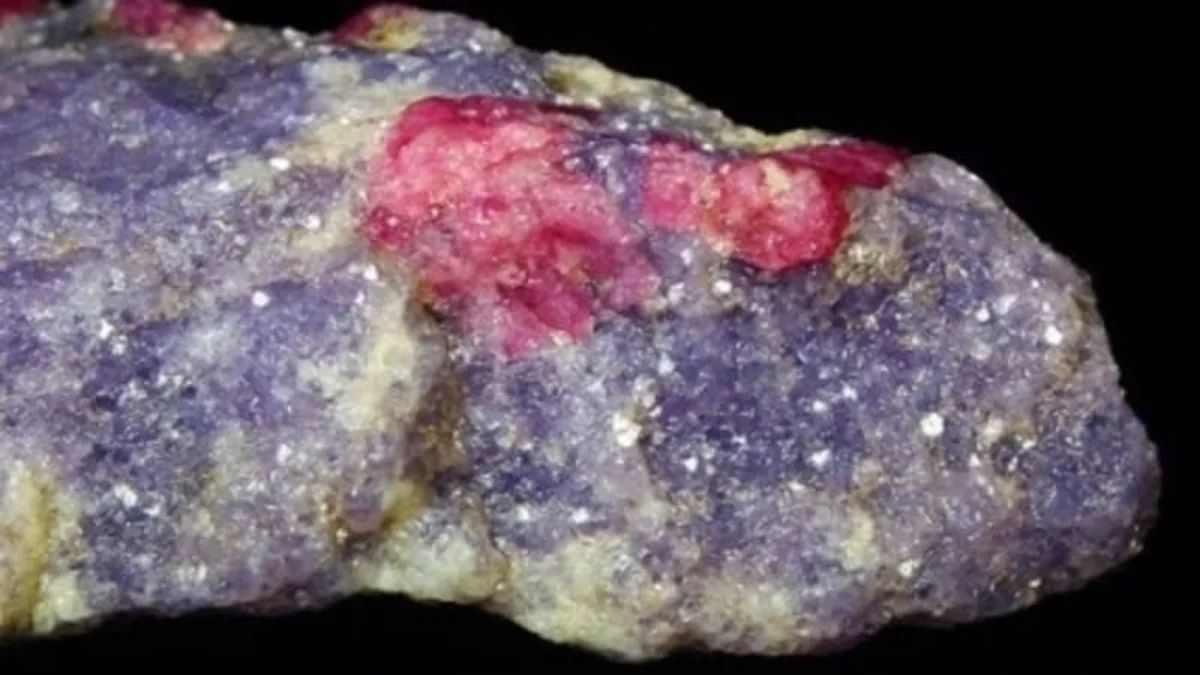Lithium ion battery technology is all the rage when talking about future vehicle propulsion systems. Everybody wants lithium ion batteries because so far they are the only electro-chemical batteries devised that come close to providing the energy density necessary to be truly useful for passenger vehicles. There are lots of promising variations that may be able to improve the lifespan and chargeability of such cells, but one question has remained unasked. At least until now. The ability of the electrical grid to support large scale use of EVs is an open question, although some recent studies seem to indicate that having vehicles charged mostly at night, might be beneficial. The new question is "Where do we get the lithium?"
In a story in the Toronto Star, William Tahil, research director with Meridian International Research asserts that there isn't enough lithium available to mine to support the world's 900 million vehicles. Evidently most of the known supplies of lithium are in South America, in Argentina, Chile and Bolivia, potentially making them the new OPEC. Bolivia alone may have fifty percent of the world's metal lithium reserves. Production of 60 million PHEVs with smaller lithium batteries than would be needed for a full EV would require 420,000 tonnes of lithium every year, which is six times the current production level. So it looks like any potential savings from mass producing lithium batteries, could easily get negated and then some just by increasing demand driving up raw material costs.
Tahil proposes that battery research should be more focused on technology that uses more common metals like nickel and zinc. The article mentions sodium nickel chloride (Zebra) batteries and zinc air batteries. The Zebra batteries apparently tolerate cold and hot temperatures well, something lithium batteries generally don't. It looks like we need to start looking past lithium even before it gets established.
Related:
[Source: Toronto Star]
In a story in the Toronto Star, William Tahil, research director with Meridian International Research asserts that there isn't enough lithium available to mine to support the world's 900 million vehicles. Evidently most of the known supplies of lithium are in South America, in Argentina, Chile and Bolivia, potentially making them the new OPEC. Bolivia alone may have fifty percent of the world's metal lithium reserves. Production of 60 million PHEVs with smaller lithium batteries than would be needed for a full EV would require 420,000 tonnes of lithium every year, which is six times the current production level. So it looks like any potential savings from mass producing lithium batteries, could easily get negated and then some just by increasing demand driving up raw material costs.
Tahil proposes that battery research should be more focused on technology that uses more common metals like nickel and zinc. The article mentions sodium nickel chloride (Zebra) batteries and zinc air batteries. The Zebra batteries apparently tolerate cold and hot temperatures well, something lithium batteries generally don't. It looks like we need to start looking past lithium even before it gets established.
Related:
[Source: Toronto Star]


Sign in to post
Please sign in to leave a comment.
Continue